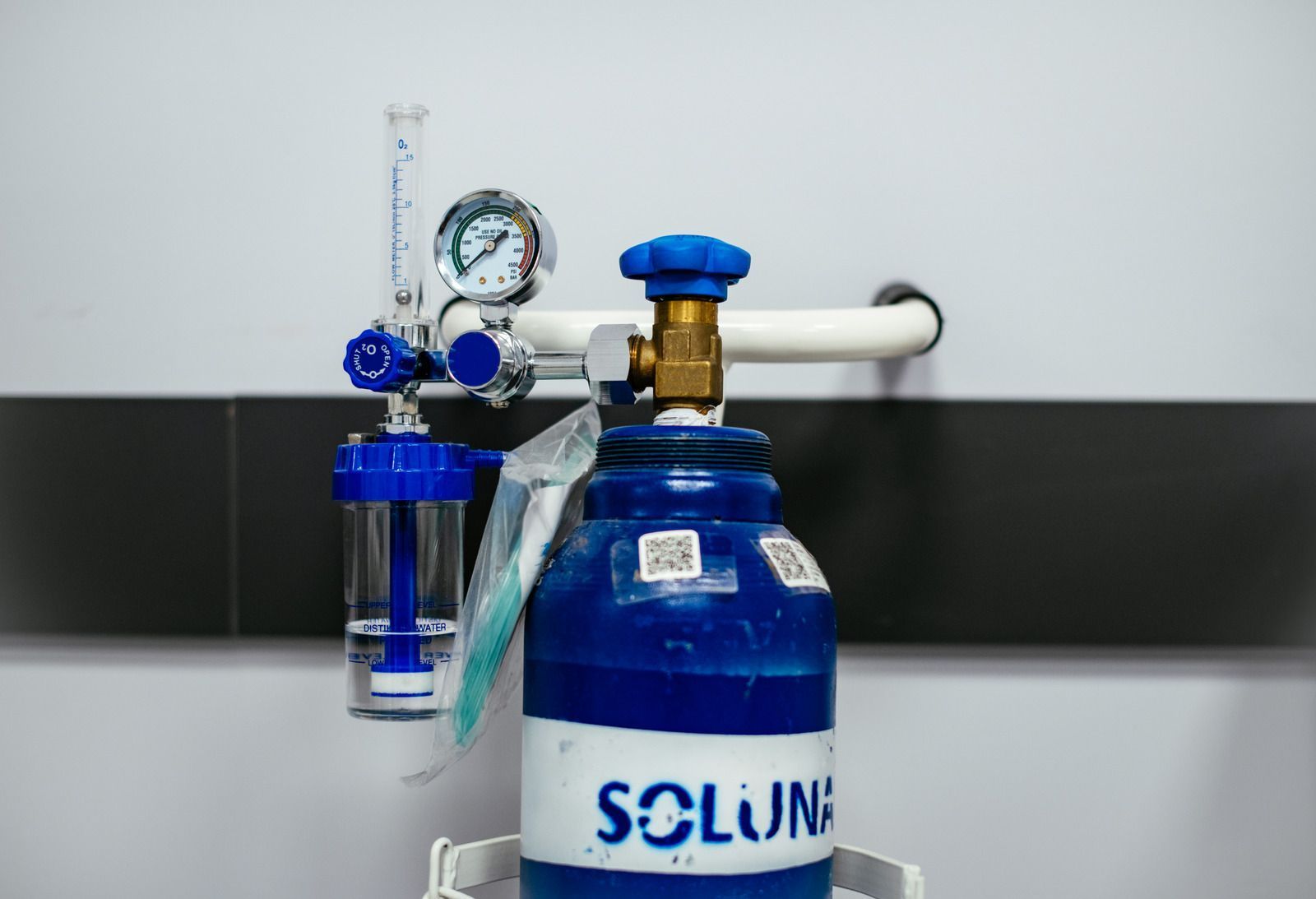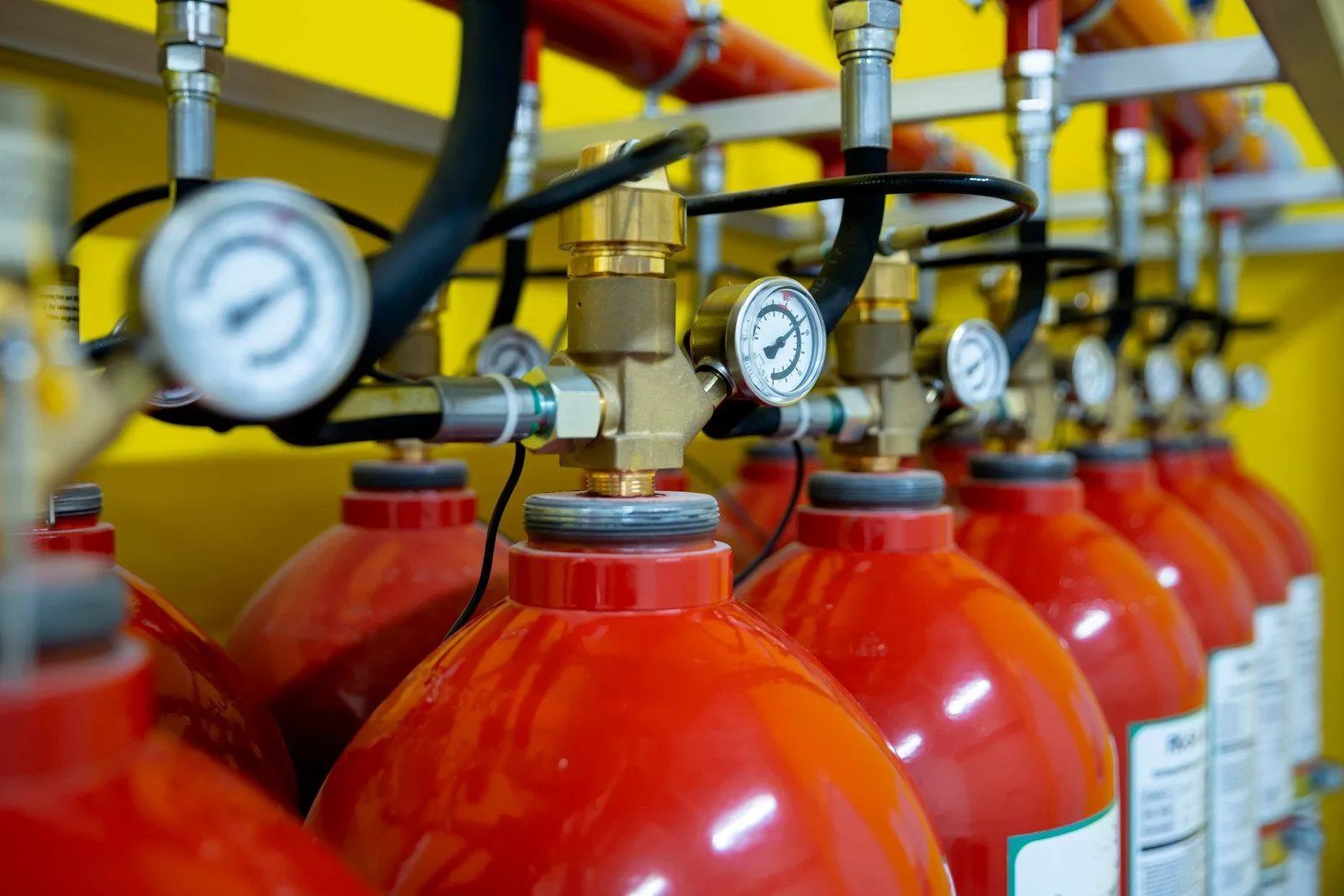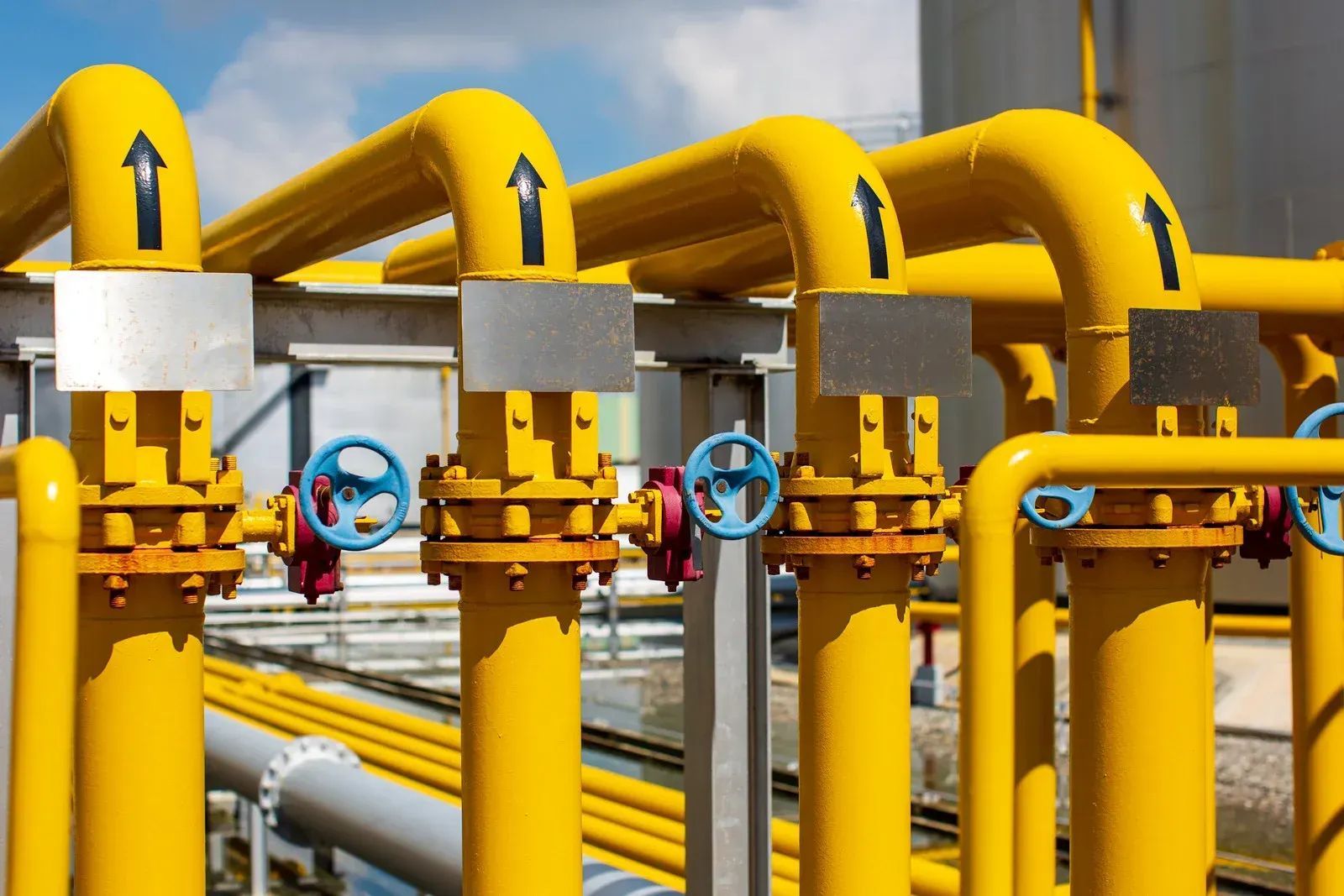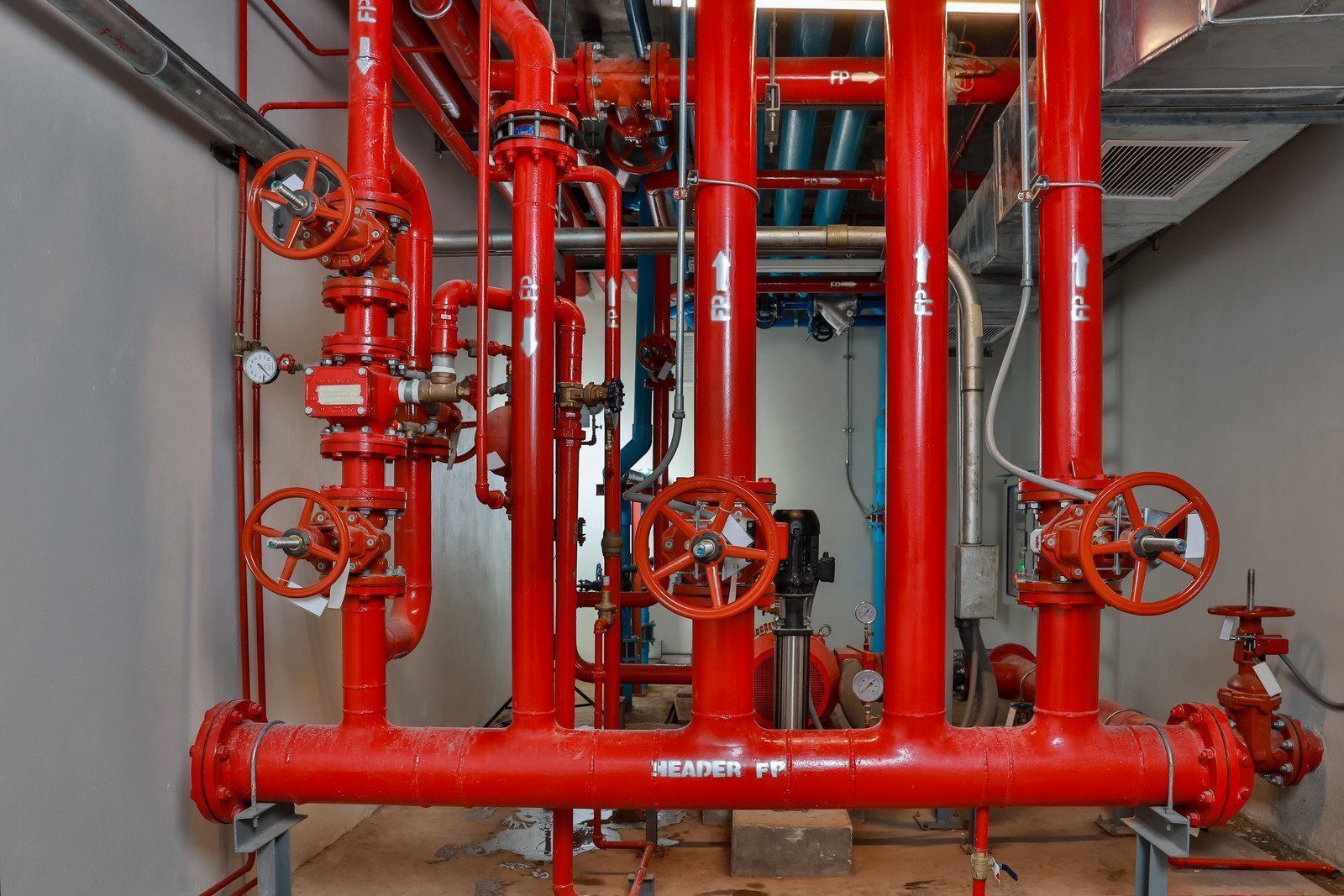Everything You Need to Know About Medical Gas Installation for Clinics
September 10, 2025

Medical gas installation is a cornerstone of modern clinical infrastructure. Whether it's oxygen for patients, nitrous oxide for anesthesia, or vacuum systems for surgical procedures, properly installed medical gas systems ensure patient safety and operational efficiency. Clinics and outpatient centers rely on these systems daily, so their planning, design, and maintenance are non-negotiable.
Installing these systems isn’t just about connecting pipelines—it's about safeguarding lives. From dental offices to urgent care clinics, every healthcare facility must meet strict regulatory codes and safety standards. A well-installed system supports uninterrupted patient care and reduces the risk of emergencies. Investing in quality installation from trusted professionals lays the groundwork for long-term reliability and peace of mind.
Understanding the Types of Medical Gases Used
Clinics typically use several types of medical gases depending on the services provided. Common gases include oxygen (O₂) for respiratory support, nitrous oxide (N₂O) for anesthesia, compressed air for ventilators, medical vacuum systems for suction, and carbon dioxide (CO₂) for insufflation. Each gas has specific handling, storage, and delivery requirements. An experienced installer ensures the correct piping materials and labeling are used, minimizing cross-contamination risks and ensuring dependable service at every terminal outlet. Additionally, each gas must be stored at precise pressure levels and monitored constantly through alarm and control systems to avoid dangerous leaks or supply failures.
Design and Compliance with NFPA Standards
Medical gas installations must adhere to strict guidelines, which govern the performance, testing, and certification of medical gas systems. From zone valve box placements to alarm panels and system redundancies, design precision is critical. Only licensed and certified professionals should handle installations, as errors can jeopardize patient safety and lead to regulatory penalties. Designs must also take into account future code revisions and local authority regulations to ensure long-term system compliance and adaptability.
Installation Best Practices for Clinics
A well-planned installation begins with a detailed site evaluation. Installers consider patient load, floor plans, and specialty areas (like procedure rooms or dental operatories). Systems should include clear access to shut-off valves, proper color coding, and corrosion-resistant pipelines. Routine leak testing and system verification are conducted after installation to meet compliance standards. Clinics must also plan for future scalability, allowing the system to grow with the practice. It's also important to coordinate with other contractors (like electricians and HVAC teams) to avoid interference or delays during the installation process.
Maintenance and Inspections
Once installed, ongoing maintenance is just as important. Medical gas systems require periodic inspections to check for leaks, corrosion, and performance issues. Annual testing by certified professionals ensures the system remains compliant and functional. Clinics should train staff on emergency shut-off procedures and be aware of local and federal guidelines for medical gas storage and handling. Proper documentation of every inspection, test, and repair is vital for passing audits and ensuring uninterrupted clinical operation.
Trust the Experts at Farfaras and Son Plumbing and Heating CO INC
When it comes to medical gas installation, working with a trusted, experienced provider is essential. Farfaras and Son Plumbing and Heating CO INC
has been proudly serving Billerica, Massachusetts, for over 65
years, delivering expert-level services for clinics, hospitals, and other healthcare facilities. Our team ensures every system is designed and installed to meet the highest standards of safety and compliance. With decades of trusted service in the healthcare plumbing industry, Farfaras and Son is your reliable partner in building a safe, efficient clinical environment.





